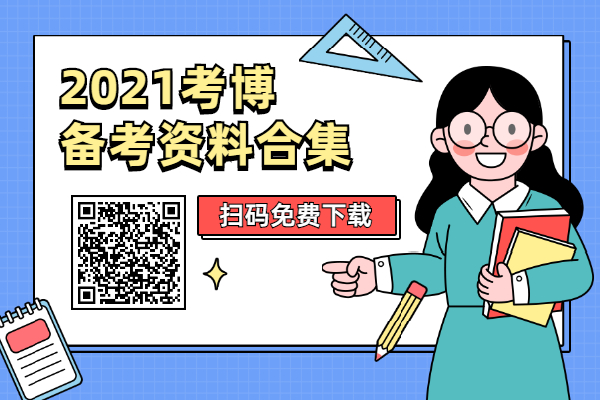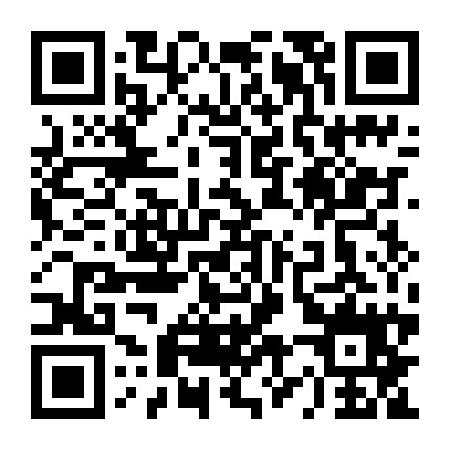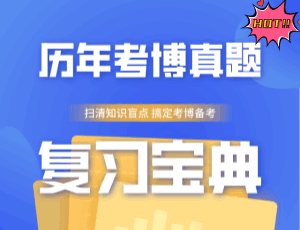新东方在线考博频道给大家整理的2021年考博英语阅读理解模拟题9,希望能够对大家的考博考试备考有所帮助,更多有关考博的备考内容,欢迎随时关注新东方在线考博频道。
China makes computers, but imports most of its chips. India makes drugs, but copies almost all of the compounds; it writes software, but rarely owns the result. The bolder claims made for all three industries thus have a similar, hollow ring. They have flourished, but mostly on the back of other countries' technology. “We are not at the stage of Intel Inside,” admits Arvind Atignal of Clinigene, a clinical-research firm, drawing his own analogy between desktops and drugs. “We are the keyboard, screens and peripherals.”
How much does this matter? Joseph Xie of SMIC, the Chinese chipmaker, spent seven years working inside Intel. Its strategy, he says, was simple: “get there first; make most of the money; let the second guy get the change.” That is certainly one way to run a technology firm. But competing in that race is expensive and exhausting. Few of Intel's rivals still try to keep up with it, nanometre by nanometre.
Countries of China's and India's heft and ambition cherish the idea of pushing back the limits of technology. But that push is risky, costly, frustrating work. A country shouldn't do it unless it has to. Although China and India could devote their considerable intellectual resources to solving the problems faced by economies on the technological frontier, why cross that bridge until you reach it? Seen in this light, India's generic drugmakers are models not laggards. They invest in just enough know-how to exploit the rest of the world's discoveries. Thanks to them, Indians enjoy some of the world's cheapest medicines.
Under the WTO's Trade-Related Intellectual Property Rights agreement (TRIPS), India has ceded the right to free-ride foreign advances. It now grants 20 years of patent protection to inventions hatched after 1995. In return, it hopes tighter laws will inspire Indians to new exploits in innovation, and reassure foreigners wary of inventing or making original products in the country.
The tougher laws may yet succeed. A recent study by Bruce Abramson of the World Bank expresses high hopes. A “patent chic” is already detectable in the country, he reports. He has even heard of Indian farmers calling lawyers in the hope of patenting their prize vegetables.
But, as yet, the new regime has not proved its worth. Over 17,000 patent applications were filed in India in 2004-05, almost 40% more than the year before. But only 3,500 were by Indians. Of the 49 most prolific filers in the past decade, 44 are either foreign companies or subsidiaries. Of the five Indian firms, all are either government-sponsored institutes or generic-drug companies, which did fine before TRIPS.
The new regime will be costly to run, if India takes it seriously. But the larger cost lies in the opportunities for unabashed imitation that India has now forgone. These lost opportunities might be quite big. Had Indian firms been prevented from copying fluoroquinolones, for example, the Indian public would have been worse off by the equivalent of $255m a year, reckons a study of the antibiotics market by Shubham Chaudhuri of the World Bank, Pinelopi Goldberg of Yale and Panle Jia of the Massachusetts Institute of Technology.
1. Arvind Atignal draws an analogy between desktops and drugs because_____
[A] both of them have a similar prospect in China and India.
[B] both industries in India are still lacking core technology.
[C] drug-making in India is like making peripherals for desktops.
[D] the two industries have a similar operation in India.
2. The idea maintained by countries like China and India is _____
[A] to do the best they could.
[B] to solve the technological problems to the best of their ability.
[C] to go beyond the limits of technology.
[D] to do what they have to.
3. India has ceded the right to free-ride foreign advances because_____
[A] it wants to push back the limits of technology.
[B] it is in accordance with TRIPS.
[C] it wants to inspire Indians to making innovation.
[D] it wants to protect the inventions by the foreigners.
4. From the data of the sixth paragraph, it can be inferred that_____
[A] the tougher laws are not successful since it failed to raise Indians’ enthusiasm for patents.
[B] Indians are not so inventive as the foreign counterparts measured by patent application.
[C] Indians’ inventions are negligible because most firms are funded by the government and thus lack incentive.
[D] Indians are still left behind in inventions even under the system that encourage patenting.
5. Towards the future of the new regime, the author’s attitude can be said to be_____
[A] pessimistic.
[B] optimistic.
[C] dubious.
[D] objective.
[答案]
1. C
2. D
3. B
4. D
5. A
以上就是新东方在线考博频道给大家整理的2021年考博英语阅读理解模拟题9希望对大家有所帮助,更多备考内容,欢迎随时关注新东方在线考博频道。

通用考博英语精品课程【节选】-1元领!
摸清考试命脉,有技巧有方法有准备地进入到考博英语中。

 资料下载
资料下载
【必看】考博英语词汇10000例精解
发布时间:2020-09-02关注新东方在线服务号
回复【10000】免费获取
医学考博英语作文核心基础词汇整理
发布时间:2020-04-15关注新东方在线服务号
回复【医学考博】获取
医学考博英语阅读理解练习资料
发布时间:2020-04-15关注新东方在线服务号
回复【医学考博】获取
法学考博英语高频词汇word版
发布时间:2020-04-15关注新东方在线服务号
回复【医学考博】获取
医学博士英语统考真题及解析
发布时间:2019-12-26关注新东方在线服务号
回复【考博真题】获取
全国医学博士外语统一考试真题
发布时间:2019-12-26关注新东方在线服务号
回复【考博真题】获取
中科院考博英语复习备考实战经验分享
发布时间:2019-12-26关注新东方在线服务号
回复【考博经验】获取
中科院考博英语真题练习资料
发布时间:2019-12-26关注新东方在线服务号
回复【考博真题】获取

关注新东方在线服务号
关注新东方在线服务号,
免费获取考博必看干货资料

 推荐阅读
推荐阅读
新东方在线考博频道给大家整理的2021年考博英语词汇词根积累25,希望能够对大家的考博考试备考有所帮助,更多有关考博的备考内容,欢迎
新东方在线考博频道给大家整理的2021年考博英语词汇词根积累24,希望能够对大家的考博考试备考有所帮助,更多有关考博的备考内容,欢迎
新东方在线考博频道给大家整理的2021年考博英语词汇词根积累23,希望能够对大家的考博考试备考有所帮助,更多有关考博的备考内容,欢迎
新东方在线考博频道给大家整理的2021年考博英语词汇词根积累22,希望能够对大家的考博考试备考有所帮助,更多有关考博的备考内容,欢迎
新东方在线考博频道给大家整理的2021年考博英语词汇词根积累21,希望能够对大家的考博考试备考有所帮助,更多有关考博的备考内容,欢迎


 考博好课推荐
考博好课推荐
基础薄弱,备考迷茫,送纸质资料
价格 : ¥2280元
资深教师,教学简明,直接有效!
价格 : 0元
 资料下载
资料下载
关注新东方在线服务号
回复【10000】免费获取
关注新东方在线服务号
回复【医学考博】获取
关注新东方在线服务号
回复【医学考博】获取
关注新东方在线服务号
回复【医学考博】获取
关注新东方在线服务号
回复【考博真题】获取
关注新东方在线服务号
回复【考博真题】获取
关注新东方在线服务号
回复【考博经验】获取
关注新东方在线服务号
回复【考博真题】获取

 阅读排行榜
阅读排行榜
 相关内容
相关内容